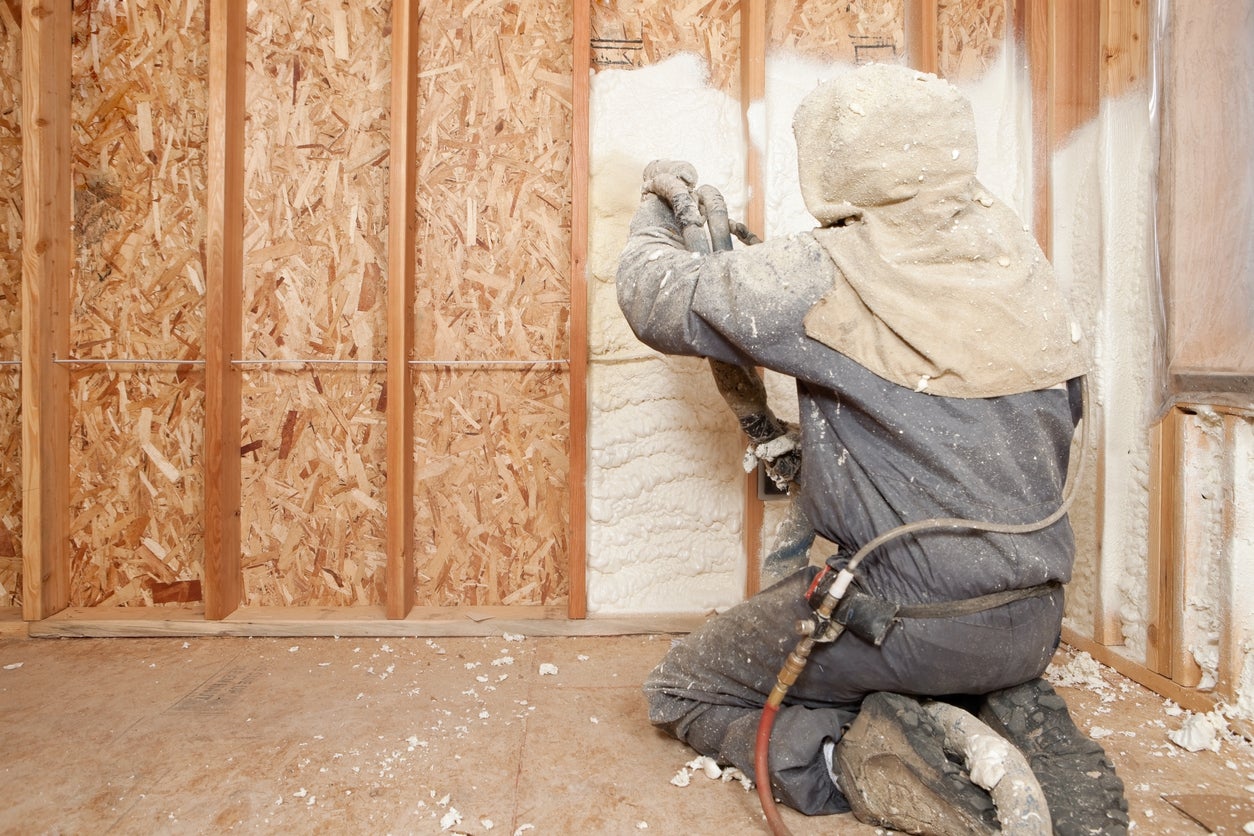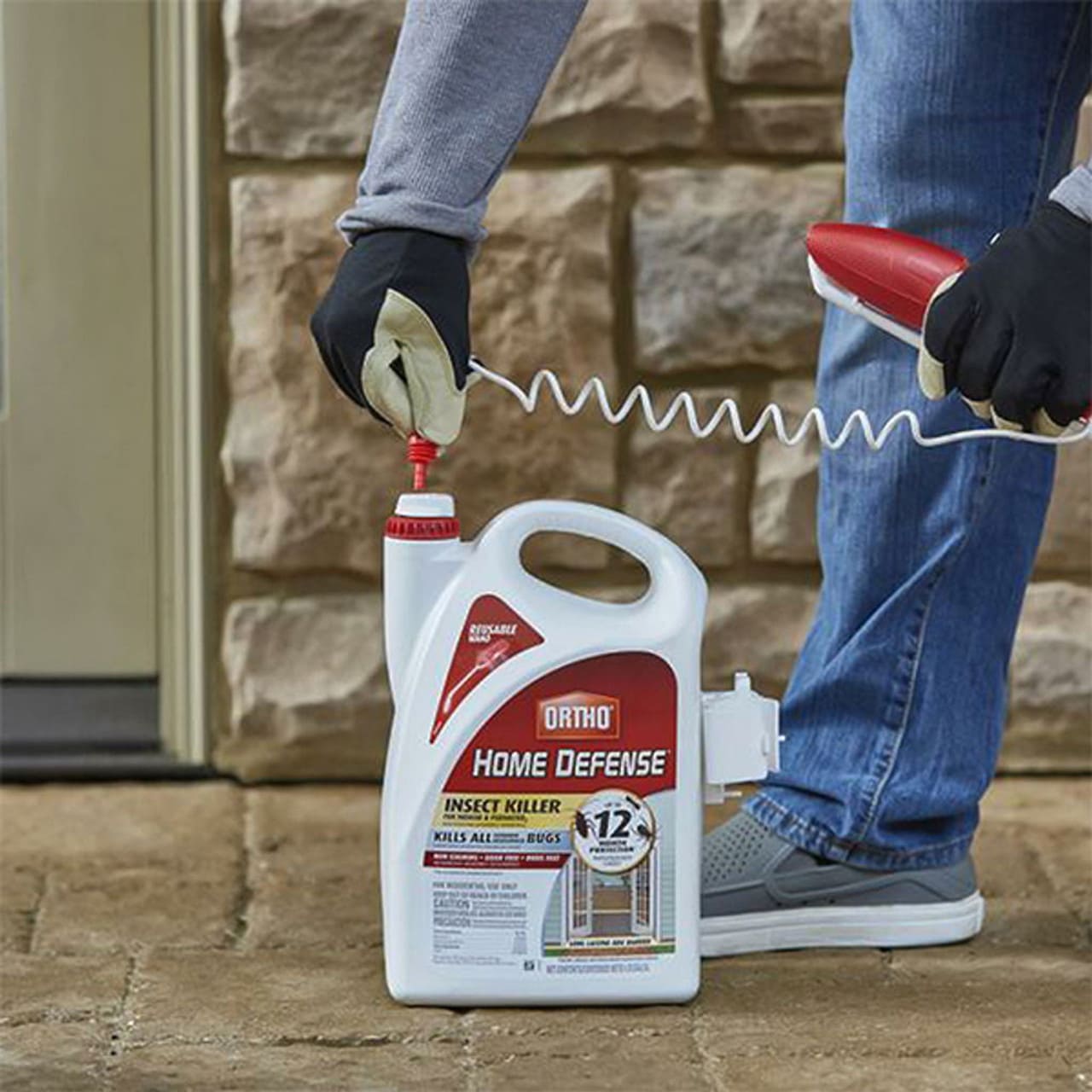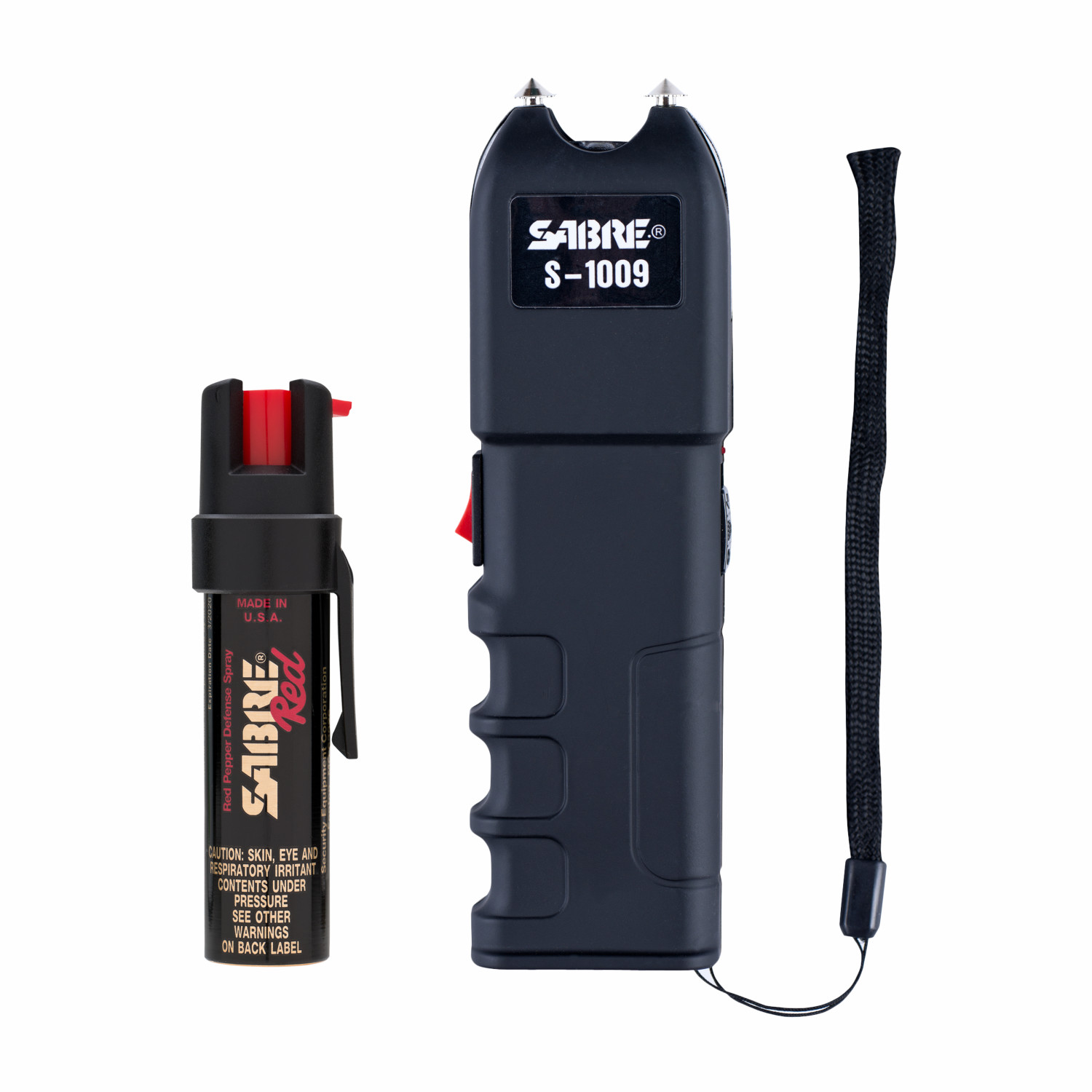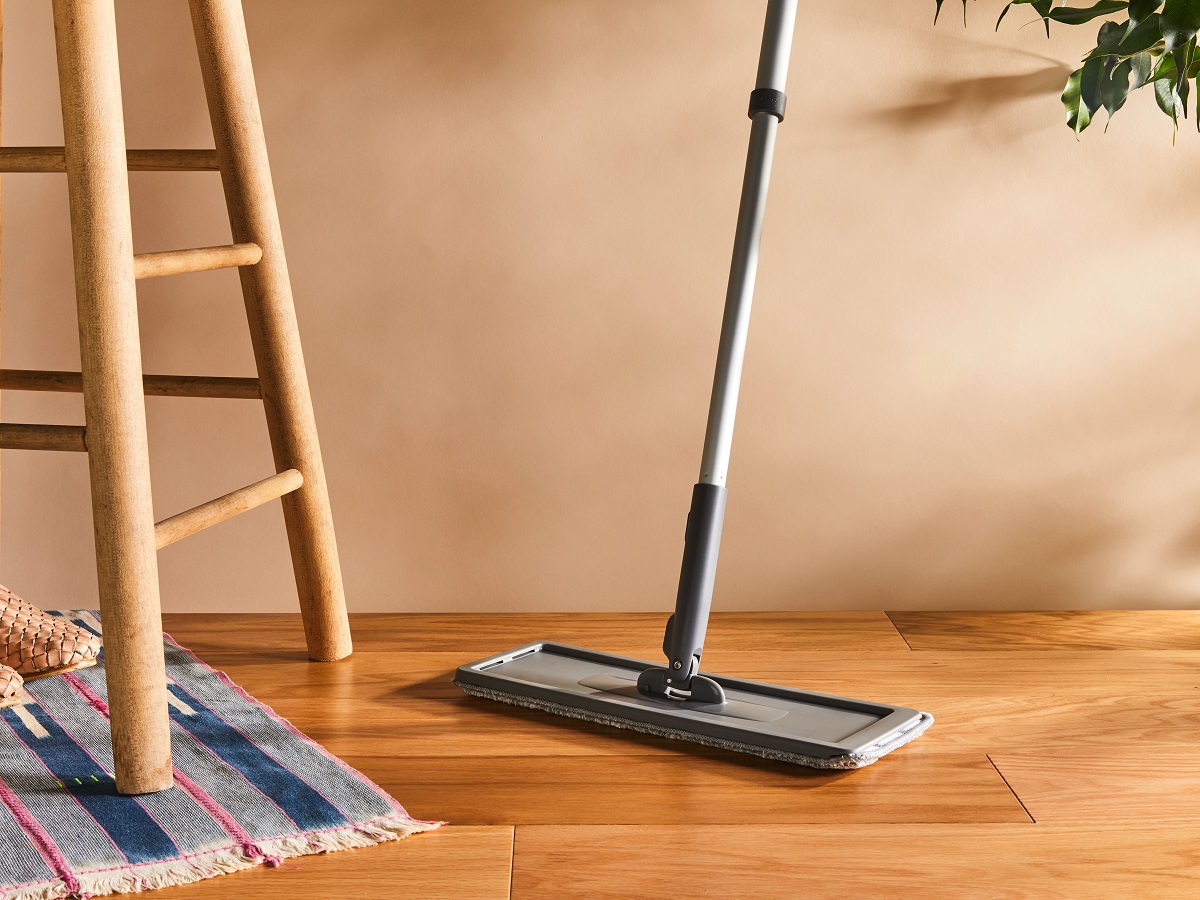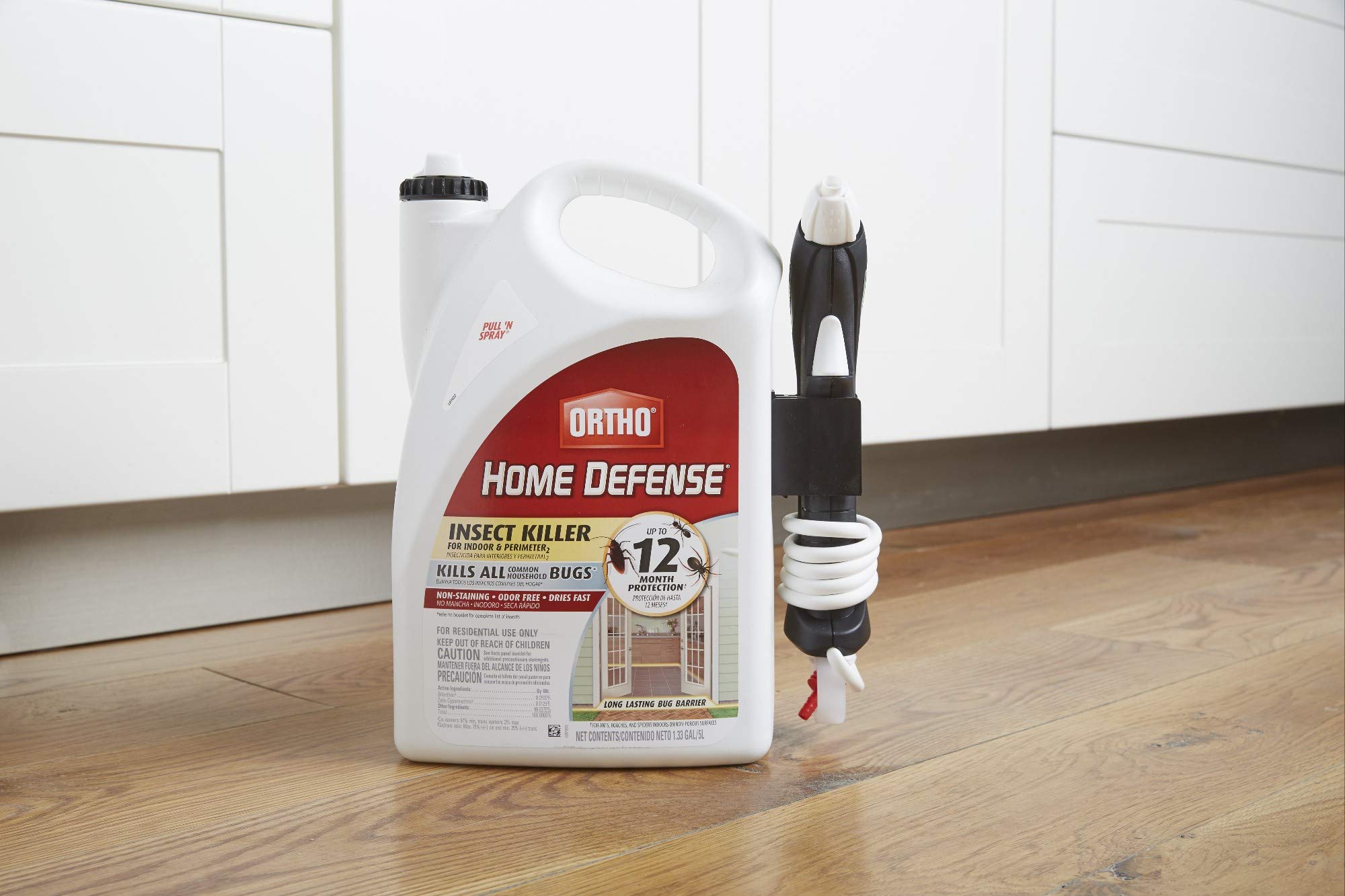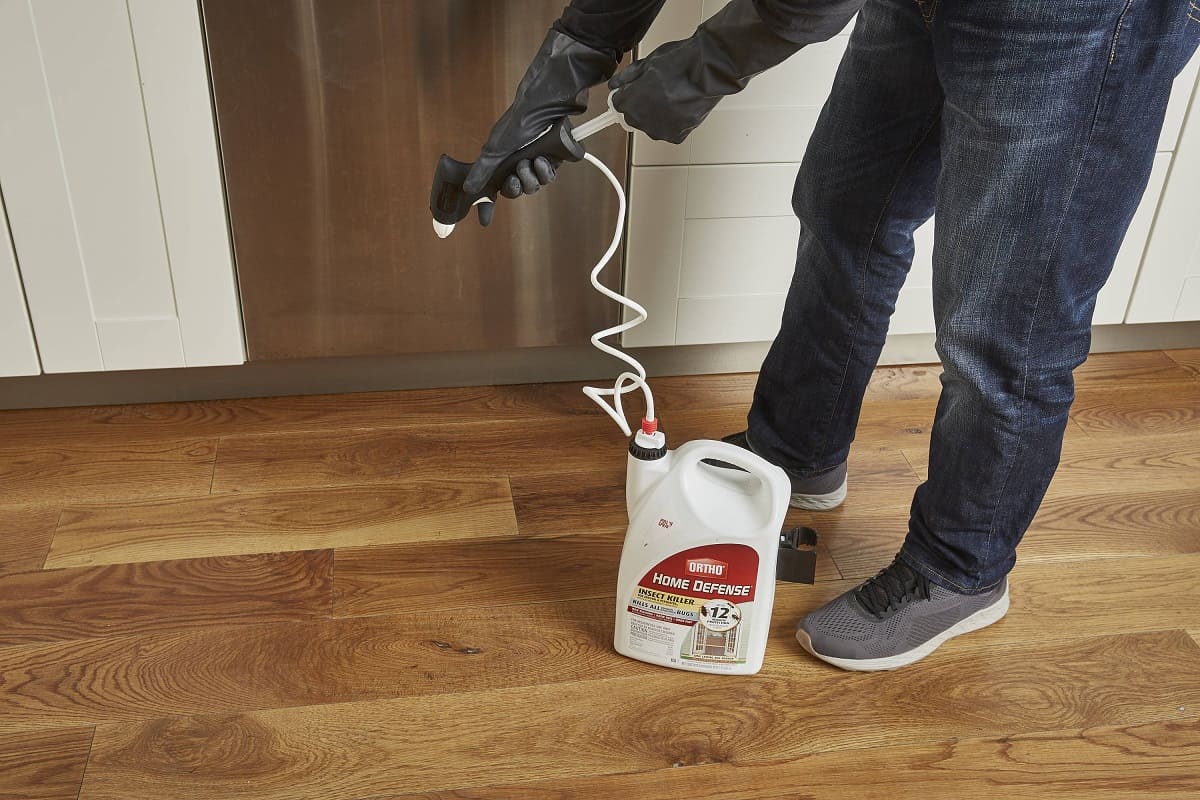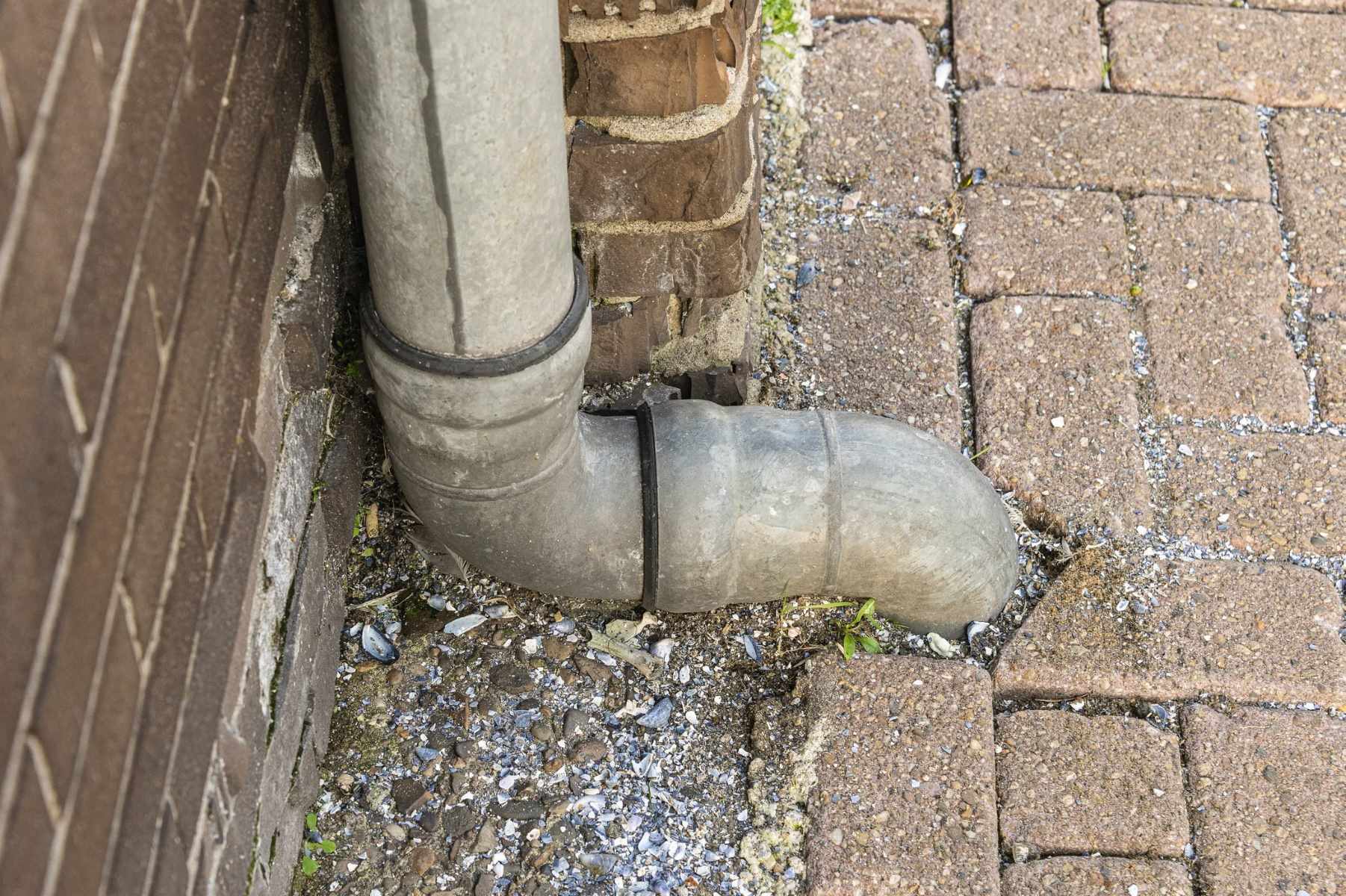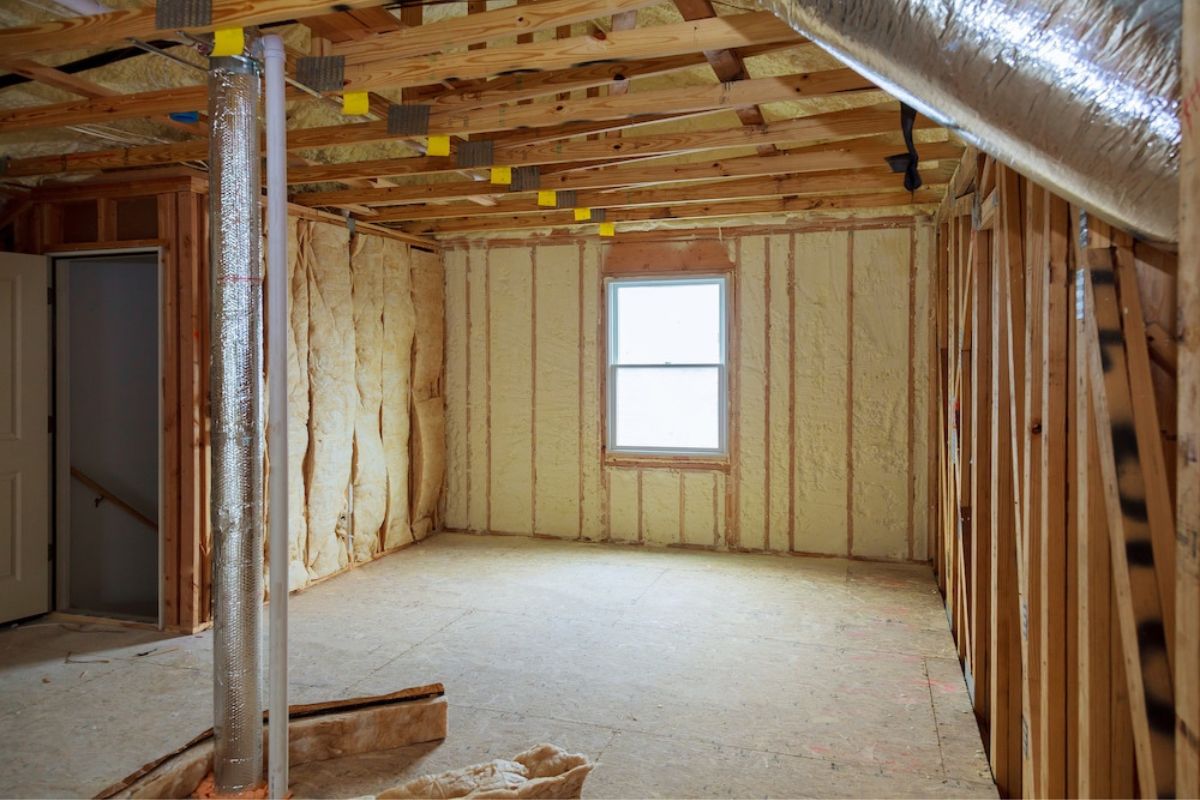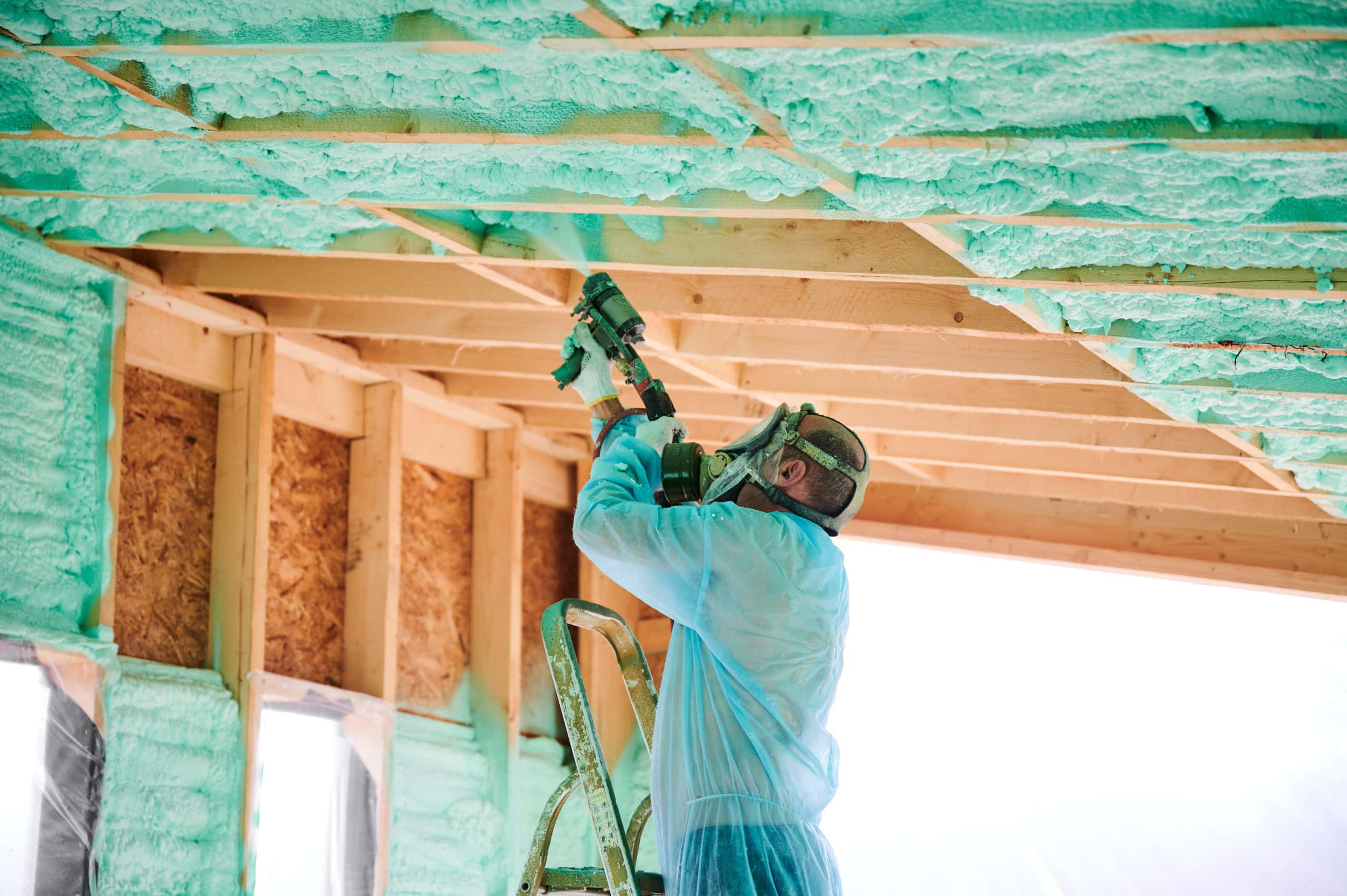Home>Home Security and Surveillance>Where Do I Spray Home Defense Inside The House
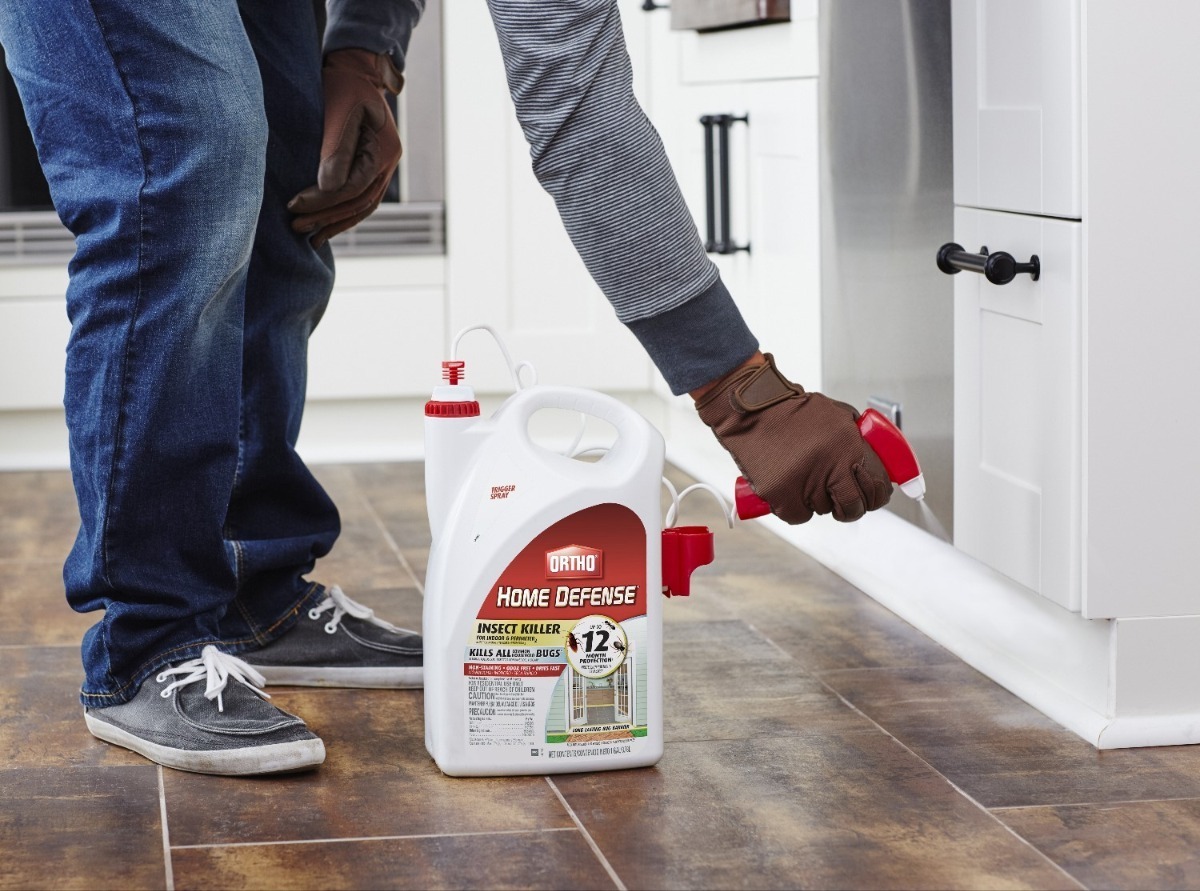

Home Security and Surveillance
Where Do I Spray Home Defense Inside The House
Modified: January 9, 2024
Learn the best places to spray home defense inside your house for effective home security and surveillance. Keep your home safe and protected with these tips.
(Many of the links in this article redirect to a specific reviewed product. Your purchase of these products through affiliate links helps to generate commission for Storables.com, at no extra cost. Learn more)
Introduction
Read more: Where Do They Sell Pepper Spray
Understanding the Importance of Home Defense Inside the House
Securing your home against potential threats goes beyond just locking doors and windows. It involves taking proactive measures to keep pests and intruders at bay. One of the most effective ways to achieve this is by using a home defense spray inside the house. By strategically applying this spray, you create a barrier that deters pests and protects your home and family.
In this comprehensive guide, we will explore the common entry points for pests, potential nesting areas inside the house, and the recommended areas for applying home defense spray. Additionally, we will discuss essential precautions and safety measures to ensure the effective and safe application of home defense products.
By understanding these key aspects, you will be equipped with the knowledge to fortify your home against unwanted invaders and create a safe and secure living environment for you and your loved ones. Let's delve into the details of home defense inside the house and empower you to take proactive steps in safeguarding your home.
Key Takeaways:
- Keep pests out by spraying home defense in key areas like entry points, kitchens, bathrooms, and hidden spaces. Prioritize safety by following instructions, ventilating treated areas, and keeping children and pets away during application.
- Understanding where pests enter and nest helps you apply home defense spray strategically, creating a barrier that deters pests and protects your home. Prioritize safety by using personal protective equipment and proper storage.
Understanding the Common Entry Points for Pests
When it comes to pest control, understanding the common entry points for pests is crucial in effectively safeguarding your home. Pests such as ants, cockroaches, spiders, and rodents can exploit various entry points to gain access to your living spaces. By identifying these entry points, you can target them with home defense spray, creating a barrier that prevents pests from infiltrating your home.
One of the primary entry points for pests is gaps and cracks in the exterior walls of the house. Small openings around windows, doors, and utility penetrations provide easy access for pests seeking shelter and food. Additionally, damaged or improperly sealed vents and pipes can serve as entry points for pests, allowing them to enter the house unnoticed.
Furthermore, gaps and crevices around the foundation of the house can also serve as pathways for pests to enter. Rodents, in particular, are adept at squeezing through small openings and can exploit even the tiniest gaps to gain access to the interior of the house.
It’s important to note that pests can also enter the house through openings in the roof, such as damaged soffits, vents, or chimneys. These vulnerable areas can provide pests with an opportunity to infiltrate the attic or upper levels of the house.
Understanding these common entry points for pests is the first step in fortifying your home’s defenses. By addressing these vulnerabilities and applying home defense spray to these areas, you can create a formidable barrier that deters pests and protects your home from potential infestations.
Identifying Potential Nesting Areas Inside the House
When it comes to pest control, identifying potential nesting areas inside the house is essential for effectively targeting and treating these spaces with home defense spray. Pests seek out areas that provide shelter, warmth, and access to food and water, making certain areas of the house particularly attractive to them.
Kitchens and pantries are prime nesting areas for pests due to the abundance of food sources. Crumbs, spills, and improperly stored food can attract ants, cockroaches, and rodents, making these areas vulnerable to infestations. Additionally, warm and dark spaces such as the back of cabinets and behind appliances provide ideal conditions for pests to establish nests.
Bathrooms also present nesting opportunities for pests, especially in moist and humid environments. Leaky pipes, stagnant water, and hidden spaces behind fixtures can attract pests seeking water and shelter. Common pests found in bathrooms include silverfish, drain flies, and cockroaches.
Basements and attics are often overlooked nesting areas for pests. These spaces provide shelter, darkness, and seclusion, making them attractive to rodents, spiders, and other pests. Cracks in the foundation, gaps around utility penetrations, and cluttered storage areas can serve as nesting sites for pests.
Furthermore, hidden areas such as wall voids, crawl spaces, and behind wall-mounted appliances can also harbor pests. These secluded spaces provide pests with a safe and undisturbed environment to nest and reproduce, making it crucial to address these areas when implementing a comprehensive home defense strategy.
By identifying and addressing these potential nesting areas inside the house, you can effectively target these spaces with home defense spray, creating a protective barrier that deters pests and minimizes the risk of infestations. Understanding where pests are likely to nest empowers you to proactively protect your home and maintain a pest-free living environment.
Recommended Areas for Applying Home Defense Spray
When it comes to applying home defense spray inside the house, targeting specific areas is key to creating a comprehensive barrier against pests. By strategically treating these areas, you can effectively repel pests and prevent infestations, safeguarding your home and ensuring a pest-free living environment.
1. Exterior Perimeter: Start by applying home defense spray along the exterior perimeter of the house, focusing on potential entry points such as windows, doors, vents, and utility penetrations. Creating a barrier around the outside of the house acts as the first line of defense against pests attempting to infiltrate your home.
2. Interior Entry Points: Treat interior entry points such as doors and windows with home defense spray to prevent pests from gaining access to the house. Pay special attention to gaps and cracks around these entryways, as pests can exploit even the smallest openings to enter the living spaces.
3. Kitchen and Pantry: Target the kitchen and pantry areas with home defense spray, paying particular attention to the back of cabinets, under appliances, and along baseboards. These areas are prime nesting and foraging spots for pests and require thorough treatment to deter infestations.
4. Bathrooms: Apply home defense spray in bathrooms, focusing on areas with moisture such as under sinks, around pipes, and behind fixtures. Treating these spaces helps prevent pests that are attracted to water and humidity from establishing nests inside the house.
5. Basements and Attics: Treat basements and attics with home defense spray, addressing cracks in the foundation, gaps around utility penetrations, and cluttered storage areas. These spaces are vulnerable to infestations and require comprehensive treatment to fortify the home’s defenses.
6. Hidden Spaces: Target hidden areas such as wall voids, crawl spaces, and behind wall-mounted appliances with home defense spray to address potential nesting sites for pests. Treating these secluded spaces helps disrupt pest activity and prevents them from establishing nests inside the house.
By applying home defense spray to these recommended areas, you create a protective barrier that deters pests and minimizes the risk of infestations. Consistent and thorough treatment of these spaces is essential in maintaining a pest-free home and ensuring the well-being of your family.
Spray Home Defense along baseboards, door frames, and window sills inside the house to create a barrier against pests. Focus on areas where pests may enter or hide.
Precautions and Safety Measures
While applying home defense spray inside the house, it’s essential to prioritize safety and take necessary precautions to ensure the effective and safe use of these products. By following recommended safety measures, you can protect yourself, your family, and pets while effectively repelling pests and maintaining a pest-free living environment.
1. Read and Follow Instructions: Before using home defense spray, carefully read and follow the manufacturer’s instructions and safety guidelines. Understanding the proper application methods and recommended usage ensures the effective and safe deployment of the product.
2. Ventilate Treated Areas: When applying home defense spray indoors, ensure adequate ventilation in the treated areas. Open windows and use fans to promote air circulation, allowing the sprayed areas to dry and minimizing exposure to fumes.
3. Keep Children and Pets Away: During and after the application of home defense spray, keep children and pets away from treated areas until the product has dried completely. This helps prevent accidental ingestion or contact with wet spray, reducing the risk of exposure.
4. Store Safely: Store home defense spray in a secure location away from children and pets, following the manufacturer’s storage recommendations. Proper storage helps prevent accidental access to the product and maintains its effectiveness.
5. Use Personal Protective Equipment: When handling home defense spray, use personal protective equipment as recommended by the product instructions. This may include gloves, eye protection, and a mask to minimize skin contact and inhalation of fumes.
6. Clean Up Spills and Overspray: In the event of spills or overspray during application, promptly clean up the affected areas using appropriate cleaning methods as specified by the product guidelines. This helps prevent accidental exposure and maintains a safe living environment.
7. Dispose of Empty Containers Properly: After using home defense spray, dispose of empty containers according to local regulations and the manufacturer’s disposal instructions. Proper disposal minimizes environmental impact and ensures responsible handling of the product.
By adhering to these precautions and safety measures, you can effectively apply home defense spray inside the house while prioritizing safety and minimizing potential risks. Creating a safe and pest-free living environment involves responsible use of home defense products and a commitment to safeguarding the well-being of your household.
Conclusion
Securing your home against pests and intruders is a fundamental aspect of maintaining a safe and comfortable living environment. By understanding the common entry points for pests, identifying potential nesting areas inside the house, and strategically applying home defense spray, you can fortify your home’s defenses and create a barrier that deters pests and safeguards your living spaces.
Targeting specific areas such as the exterior perimeter, interior entry points, kitchens, bathrooms, basements, attics, and hidden spaces with home defense spray is essential in preventing infestations and maintaining a pest-free home. Consistent and thorough treatment of these areas minimizes the risk of pests establishing nests and foraging within the house, ensuring the well-being of your family and the integrity of your living spaces.
Moreover, prioritizing safety through the adherence to precautions and safety measures during the application of home defense spray is paramount. By following recommended guidelines, ventilating treated areas, keeping children and pets away, and using personal protective equipment, you can effectively apply home defense products while minimizing potential risks and ensuring a safe living environment.
Ultimately, the proactive use of home defense spray inside the house empowers you to take control of your home’s security and protect it from potential threats. By incorporating these measures into your home maintenance routine, you can enjoy the peace of mind that comes with a pest-free and secure living environment for you and your loved ones.
With a comprehensive understanding of home defense strategies and a commitment to safety, you can effectively fortify your home against pests and intruders, creating a haven that prioritizes the well-being and comfort of your family.
Frequently Asked Questions about Where Do I Spray Home Defense Inside The House
Was this page helpful?
At Storables.com, we guarantee accurate and reliable information. Our content, validated by Expert Board Contributors, is crafted following stringent Editorial Policies. We're committed to providing you with well-researched, expert-backed insights for all your informational needs.
